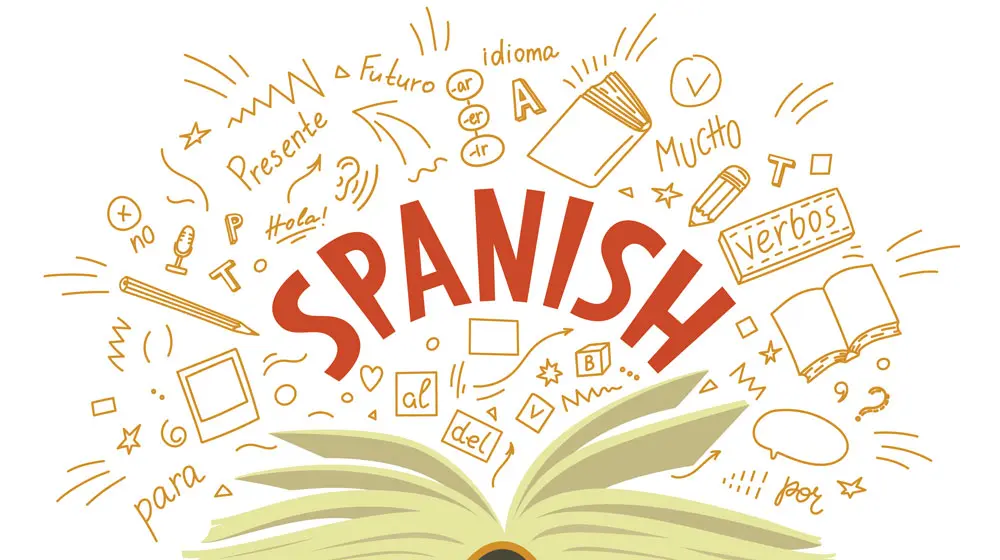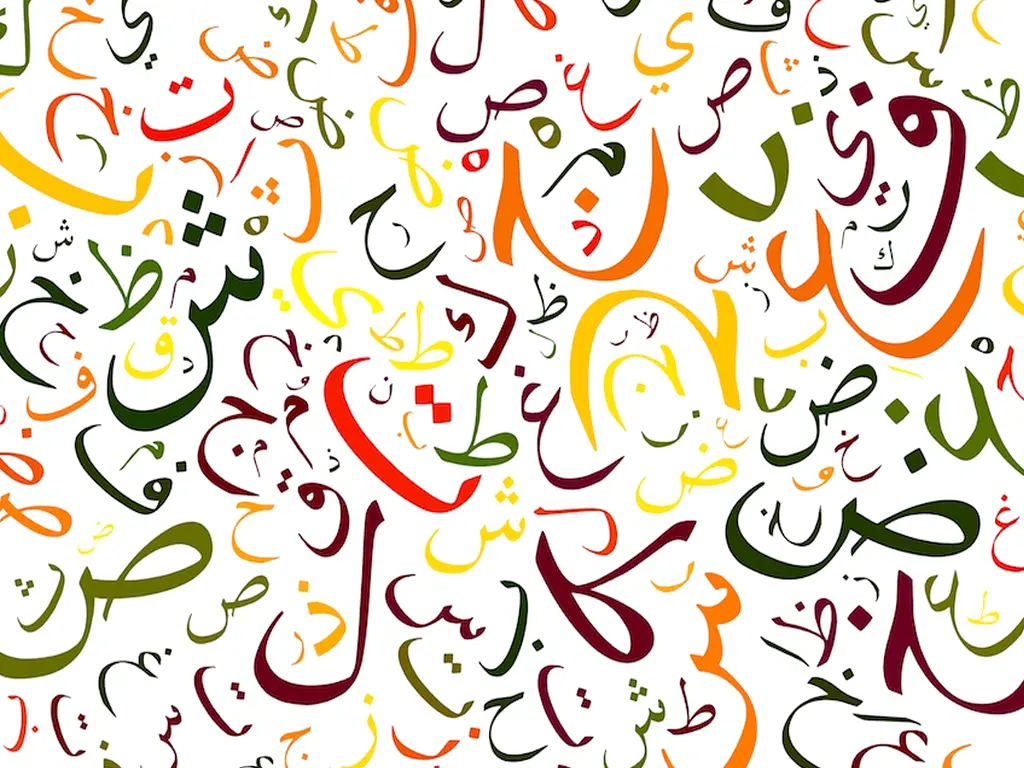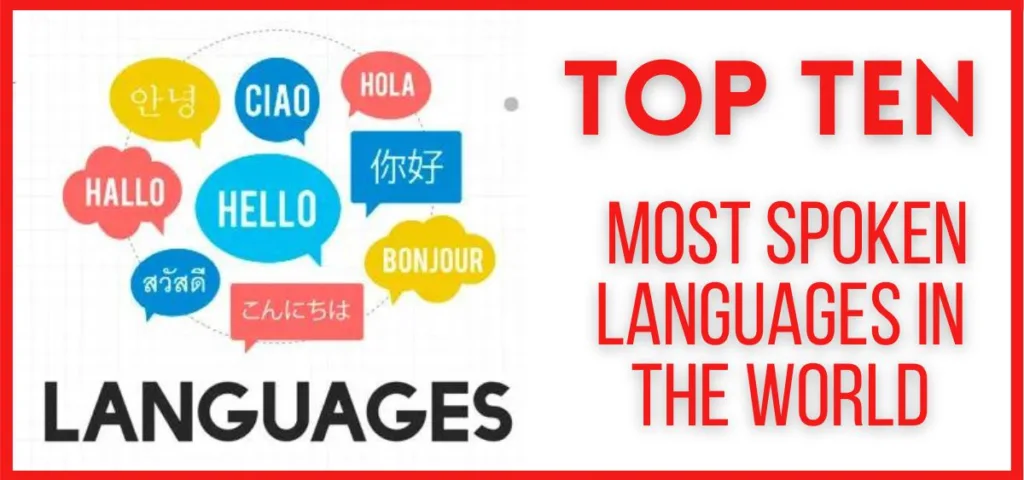In today’s interconnected world, the ability to speak multiple languages is highly prized. Communication serves as a vital conduit for fostering trade, diplomacy, and the exchange of scientific knowledge among diverse cultures. Moreover, languages play a pivotal role in nurturing the cultural fabric of their respective communities. As we navigate the complexities of globalization, we become increasingly aware of the vast array of languages spoken worldwide. Remarkably, more than half of the global population communicates in just 23 languages, underscoring the importance of understanding the world’s most spoken languages. Mastery of these languages not only facilitates personal growth but also fuels the international expansion of businesses and organizations, enabling them to connect with a broader audience on a global scale.
Languages are more than just a tool for communication; they are intrinsically tied to our identities, social structures, and worldviews. Ever wondered what the most widely spoken languages are in the world? Although there are currently more than 7,000 languages, more than half of the world’s population speak 23 of them only.
Also, read: Top 10 Language Learning Apps for Global Communication in 2024
Language Leaderboard: Top 10 Most Spoken Languages in the World
In a world that thrives on communication, languages stand as the cornerstone of human interaction. From the bustling streets of New York City to the serene landscapes of rural China, languages weave through the fabric of society, connecting people and cultures in profound ways. In this article, we delve into the vibrant tapestry of the Top 10 Most Spoken Languages in the World, exploring their significance, reach, and impact on a global scale.
1. English (1.452 billion speakers)
English, with a staggering 1.452 billion speakers worldwide, stands as a linguistic juggernaut, wielding unparalleled influence across continents and cultures. Originating from the British Isles, English has transcended its humble beginnings to become the lingua franca of the modern era, permeating every aspect of global society. From the bustling streets of London to the towering skyscrapers of New York City, English serves as a unifying force, connecting individuals from diverse backgrounds and facilitating communication on a global scale. Its widespread adoption can be attributed to its versatility, adaptability, and prevalence in fields ranging from business and science to entertainment and diplomacy.

As the language of Shakespeare, Dickens, and Rowling, English boasts a rich literary tradition that captivates audiences around the world, inspiring creativity and fostering a shared cultural heritage. Moreover, English proficiency has become a prerequisite for success in the global job market, offering individuals access to a wealth of opportunities and enabling upward mobility. In an increasingly interconnected world, proficiency in English opens doors to new horizons, forging connections and transcending barriers in pursuit of knowledge, collaboration, and understanding.
Also, read: Top 10 Healthy Cooking Hacks for Busy Weeknights in 2024
2. Mandarin Chinese (1.119 billion speakers)
With over 1.1 billion speakers, Mandarin Chinese boasts the most native speakers of any language globally. It is the official language of mainland China, Taiwan, and Singapore, and one of the official languages of the United Nations. Mandarin Chinese belongs to the Sino-Tibetan language family and is known for its tonal system, where the pitch of your voice can change the meaning of a word.

This complexity, along with a character-based writing system, can make Mandarin Chinese a challenging language to learn for non-native speakers. However, its widespread use and association with China’s growing economic and cultural influence make Mandarin an increasingly important language in the global landscape.
3. Hindi (602 million+ speakers)
4. Spanish (548 million+ speakers)
Spanish boasts the impressive title of being the world’s second-most spoken native language, with over 548 million speakers spread across the globe. Its roots lie in the Iberian Peninsula of Europe, but the Spanish truly flourished with the Spanish colonization of the Americas. Today, it’s the official language in 20 countries, spanning continents from North and South America to Africa and even parts of Asia.

This widespread presence makes Spanish a valuable tool for communication, business, and cultural immersion, connecting individuals across diverse geographical and cultural backgrounds.
5. French (280 million speakers)
French, with its melodious tones and rich literary tradition, boasts 280 million speakers worldwide. While only 79.9 million people speak it natively, its influence extends far beyond its borders. France’s colonial past left a lasting mark, making French an official language in 29 countries across five continents. It thrives in diverse regions like Africa, the Caribbean, and Europe, contributing to its unique cultural tapestry.

As the third most learned language globally, French unlocks doors to vibrant cultures, historical treasures, and international career opportunities. So, whether you’re captivated by the charm of Parisian cafes or the allure of West African folklore, learning French opens a gateway to a world of experiences.
Also, read: Top 10 Personalized Meal Planning Apps in 2024
6. Standard Arabic (274 million speakers)
While not the most spoken variety, Standard Arabic acts as the bridge connecting the diverse Arabic dialects spoken across North Africa and the Middle East. Often referred to as Modern Standard Arabic (MSA), it’s primarily a written language used in education, media, and formal settings.

Though rarely spoken natively, MSA allows speakers of different Arabic dialects to communicate effectively. Its rich literary heritage, deeply interwoven with Islam, grants it immense cultural significance. Understanding MSA unlocks access to a vast treasure trove of literature, poetry, and religious texts, fostering a deeper connection with the Arab world.
7. Bengali (273 million speakers)
Bengali, spoken by over 273 million people worldwide, is the seventh most spoken language and the second-most spoken Indo-European language after Spanish. Primarily spoken in Bangladesh and the Indian state of West Bengal, it is also a recognized language in several other Indian states. Bengali boasts a rich literary tradition dating back centuries, with its script and a vibrant cultural scene encompassing music, poetry, and cinema.

The language faces challenges like language preservation in the digital age and the influence of English, but Bengali remains an important marker of cultural identity for millions around the world.
Also, read: Top 10 Podcasts for Inspiration and Personal Growth in 2024
8. Portuguese (258 million speakers)
Portuguese, spoken by over 258 million people worldwide, ranks as the ninth most spoken language and the second most spoken Romance language, after Spanish. Its roots lie in the Iberian Peninsula, and its global reach is a consequence of Portugal’s colonial past. Today, Portuguese is the official language of nine countries across four continents, including Brazil, the largest Portuguese-speaking nation, Portugal, Angola, and Mozambique.

It’s also spoken in communities scattered throughout the world, reflecting its enduring cultural and historical influence. The language itself boasts a rich literary tradition and diverse dialects, offering a window into the vibrant cultures it shapes and connects.
9. Russian (258 million speakers)
Russian stands tall as the eighth most-spoken language worldwide, boasting 258 million speakers. Its influence stretches across Eurasia, making it a geographically vast linguistic force. As a major Slavic language, Russian holds significance within Eastern Europe, where it serves as the official language of Russia, Belarus, Kazakhstan, and Kyrgyzstan. Beyond its political influence, Russian literature, renowned for titans like Tolstoy and Dostoevsky, has left an indelible mark on world culture.

Even beyond its native borders, Russian is studied as a second language throughout Eastern Europe and Central Asia. For those interested in history, geopolitics, or cultural exchange, its significance is undeniable. Astronauts aboard the International Space Station must learn Russian, demonstrating its value in the realm of scientific collaboration and exploration.
Also, read: Top 10 Mindfulness Habits for a Calmer You
10. Urdu (231 million speakers)
Urdu, with its melodious script and rich literary heritage, boasts over 231 million speakers worldwide. Primarily spoken in Pakistan and India, it is the national language of Pakistan and one of the 22 official languages of India. Urdu’s roots lie in the Khariboli dialect of Hindustani and are heavily influenced by Persian, Arabic, and Turkic languages.

Its elegant poetry and prose have flourished for centuries, with iconic works like Mirza Ghalib’s ghazals and Saadat Hasan Manto’s short stories leaving an enduring mark on South Asian literature. Today, Urdu continues to evolve, finding expression in popular media, music, and everyday life, solidifying its place as a vibrant and dynamic language.
FAQs: Most Spoken Languages in the World
Q: Is Mandarin Chinese the most spoken language?
Yes, Mandarin Chinese has the most native speakers, with over 1.1 billion people speaking it as their first language.
Q: Why is English so widely spoken even though it doesn’t have the most native speakers?
English has become the global language of business, education, and science due to historical factors like colonialism and the influence of the US in the 20th century.
Also, read: Top 10 Online Learning Platforms for the Lifelong Learner in USA 2024
Q: Are any of these languages becoming more or less popular?
English and Spanish are projected to continue growing in the coming decades, while some European languages like French and German might see a decline in relative influence.
Q: Should I learn one of these languages?
Choosing a language to learn depends on your personal goals and interests. If you’re looking for a language for global communication, English or Spanish are strong choices. If you’re interested in a specific culture or region, consider the languages spoken there.
Q: How can I learn one of these languages effectively?
There are many resources available for language learning, including online courses, apps, textbooks, and immersion programs. The most effective approach often involves a combination of these methods and consistent practice.
Conclusion: The Final Thought on Most Spoken Languages
As we conclude our exploration of the Most Spoken Languages in the world, it’s evident that language diversity is a vibrant tapestry woven across the globe. While English reigns supreme as the language franca of international communication, it’s crucial to recognize the rich linguistic heritage of countless other languages. From the vast expanse of Mandarin Chinese to the melodious tones of Spanish, the Most Spoken Languages reflect the cultural and historical nuances of their respective regions.
It’s imperative to embrace and celebrate this linguistic diversity, as it fosters understanding, cultural exchange, and global harmony. By learning and appreciating different languages, we can bridge cultural gaps, promote tolerance, and create a more interconnected world. Let us continue to value the Most Spoken Languages and strive to preserve them for generations to come.



































